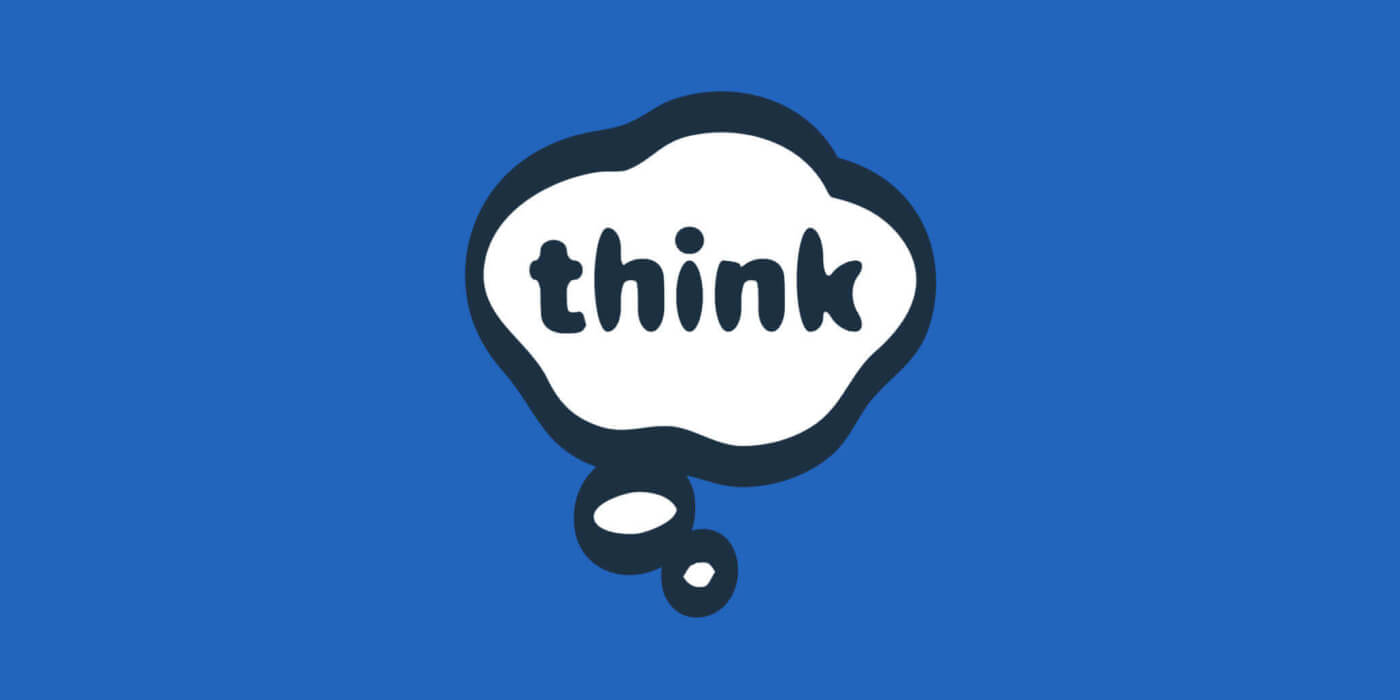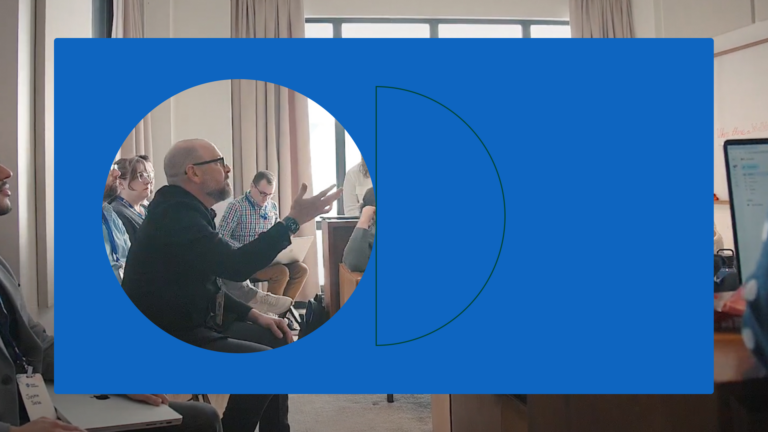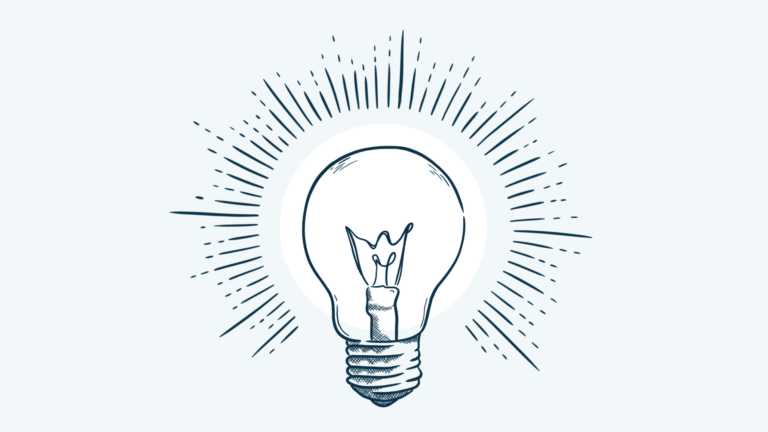Making The Case For UX (To Non-Designers)

Recently, a friend of ours reached out asking for some high-level information about experience design that he could share with some of his non-design colleagues and contacts. He asked:
“What are some things that you’ve been seeing lately that make the case for engaging with a company like yours, and stuff that in general we should just be keeping an eye on? Oh, and how about some info around ‘mobile,’ too?”
I whipped up this quick response, and it was promptly suggested that it might be a helpful blog post… so, voilà! The following is by no means exhaustive, but maybe a few points will be helpful in communicating why user experience (UX) is more important than ever.
Great UX Is A Market Differentiator
There’s hard evidence in the marketplace showing small, nimble organizations with carefully thought out user/customer experiences (and surprisingly often, not much under the hood) can seriously challenge large companies with well-known brands, years worth of data, and strong infrastructure, but no recent investment in a world-class user experience (the mint.com story is one example—though they had plenty under the hood).
More and more, companies are realizing that one of the most important differentiators… and maybe the most important… is a great customer experience; one that is intuitive, modern, consistently accessible and useful across devices, and designed with the specific attributes of the target audience in mind.
Design Thinking Can Drive Novel Approaches
UX, or more specifically, Design Thinking, provides a different “lens” through which to view and address challenges—often allowing organizations to arrive at solutions that wouldn’t (or couldn’t) be reached using any other method. It’s an evidence-based framework that roots out and carefully balances user/customer/employee needs/wants/expectations with business drivers and goals, and has been proven to result in unique and innovative (check off all of these words on your buzzword bingo card) approaches.
The Sum Experience Is Greater Than The Parts
Comprehensive experience design is about taking a hard look at every possible touchpoint between a customer/user and your brand, and considering that most customers will move between those touchpoints depending on the time of day, their location, their goals, etc. This means that websites, mobile apps, storefronts, phone lines, and whatever else is out there are all just conduits for interacting with the greater entity of the “brand,” and the collective experience of interacting across all of those touchpoints is what ultimately adds up to how customers feel about that brand (the total experience).
This experience is what will drive loyalty (or the lack of it) and the willingness of customers to become net promoters. To ensure a lasting positive impression, all interactions should feel consistent, coherent, and seamless: but often this isn’t the case, with different departments owning different channels and resulting in experiences that feel fractured, contradictory, and incomplete.
The Nature Of “Competition” Is Changing
When deciding to create anything new (a website, functionality on a website, a mobile app, etc.), it means considering the entire ecosystem into which that asset is being launched. This means taking a look at other offerings from the organization providing it and understanding the user who will be introducing it into his/her life (where it will compete with MANY other things for their time, attention, and money). Essentially, competition becomes any other thing in a person’s life vying for these valuable (and increasingly limited) resources, not just rival companies with a similar market offering.
The Right Strategy Always Depends (On Research)
When it comes to website/mobile usage, the best way to make a strategy decision is to not go by general research but to carefully consider the unique and specific workflows and use cases of your target audience. Yes, mobile usage is increasing in general, but certain tasks will still be performed on a desktop/laptop browser for the foreseeable future (heavy data input, administration functions, etc.).
There are a lot of high-level phrases thrown around as edicts (mobile first, responsive web design, gamification, flat design, etc.), but it always depends on smart and focused research, not a knee-jerk everyone says we should do X, so we should do it that way. Many of the success stories we admire followed this path to innovation (i.e. Netflix’s initial strategy for entering a crowded marketplace: differentiating by exploiting what had been termed a “dead” vehicle—the U.S. Postal Service—and decimating their competition in a few short years).
Sure, we could go a lot deeper on any of these, but 1) then certain folks’ eyes might start glazing over, and 2) these seem to be the thoughts that are resonating most deeply with those just dipping their intellectual toes into the UX water as of late. C’mon in, the water is warmer than you think—but it’s a big pool… be sure to reach out to us when you want to go exploring in the deep end!



